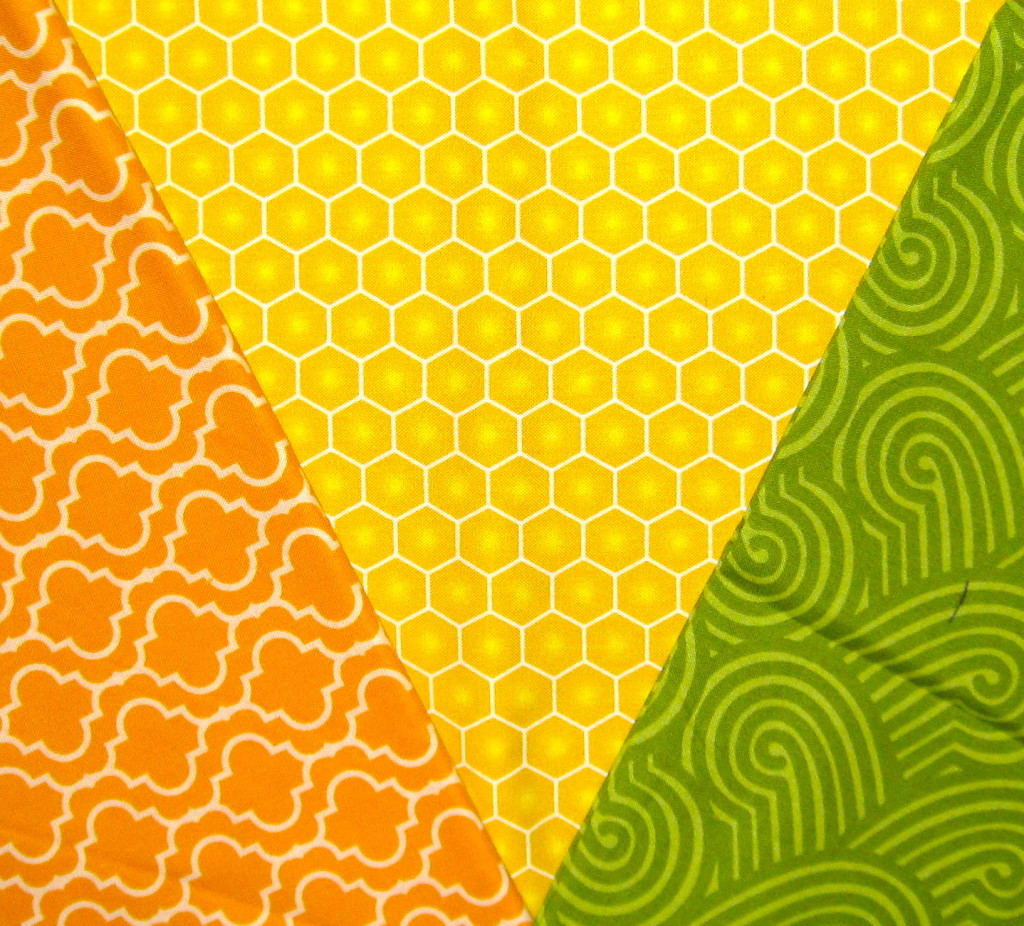
Hey Everyone, welcome back to Colourful Friday. Last weeks discussion was all about Triadic Colours – colour schemes made up of three colours which form a equilateral triangle on the colour wheel or colour star. This week we continue our trip around the colour wheel with a discussion on analogous colours.
What are analogous colours?
Analogous colours schemes are made up of 3 adjacent colours on the colour wheel. The three colours often include either a primary or secondary colour and two tertiary colours. The tertiary colours fall on either side of the primary or secondary colours.
The primary or secondary colour will most times be the dominant colour in the quilt and the tertiary colours will complement the dominant colour. Different values of each fabric need to be added in to create contrast otherwise the quilt can be quite dull looking. Often this colour scheme can end up looking a bit like a monochromatic colour scheme even though it really isn’t.
This colour scheme often works best if the colours are kept in the warm or cool groups of colour. These colour schemes are very prominent in nature.
How many analogous colour schemes are there?
There are 3 primary colours and 3 secondary colours on the wheel which means there are 6 analogous combinations.
Although if one was to use each colour on the wheel and take the two colours on either side of it then a total of 12 combinations can be made.
To go one step further and just use any 3 colours side by side on the colour wheel would mean that there are many combinations of analogous colour schemes. Using one dominant colour in the scheme the colours paired with it to form the analogous scheme could be the 2 in front of it, the 2 behind it or the 2 on either side of it – that said then each colour has 3 possibilities. If each colour has 3 possibilities and there are 12 colours on the colour wheel then there are 36 possible different analogous colour combinations.
Analogous combinations using the primary and secondary colours.
red, red-orange, red-violet
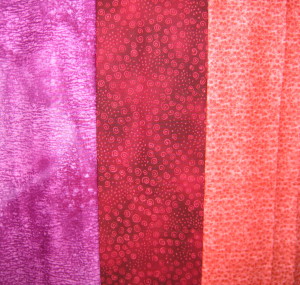
blue, blue-violet, blue-green
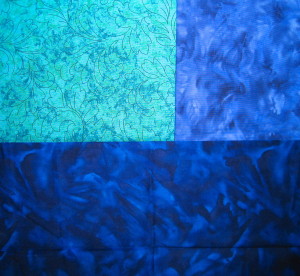
yellow, yellow-orange, yellow-green
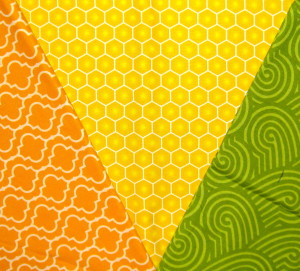
green, yellow-green, blue-green
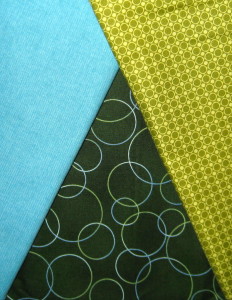
violet, blue-violet, red-violet
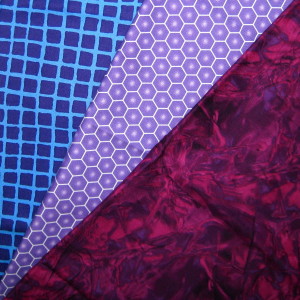
orange, red-orange, yellow-orange
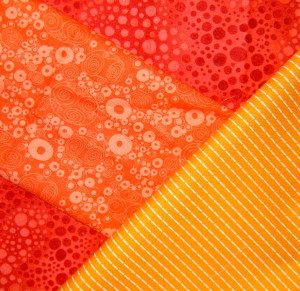
So many wonderful colours combinations to choose from and these are only a few highlighted here. Imagine the possibilities of all those gorgeous quilts yet to be made.
Happy Quilting!


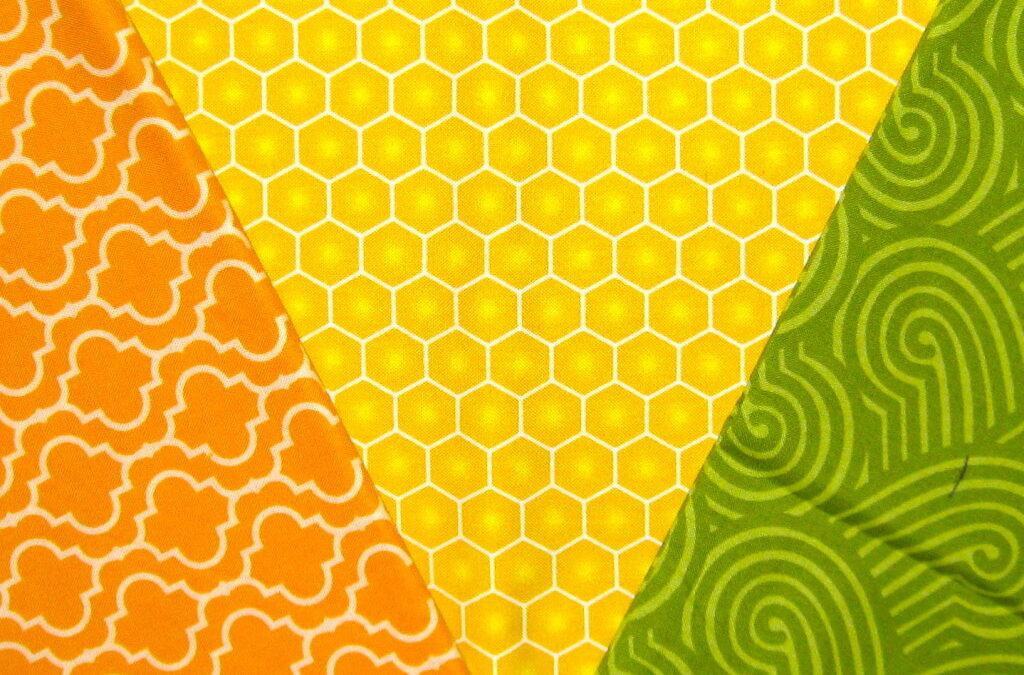
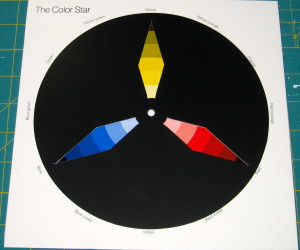
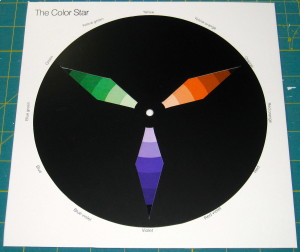
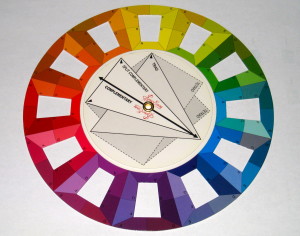

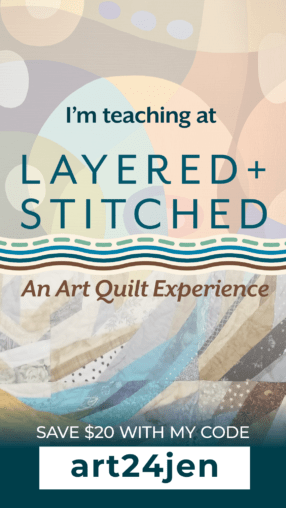
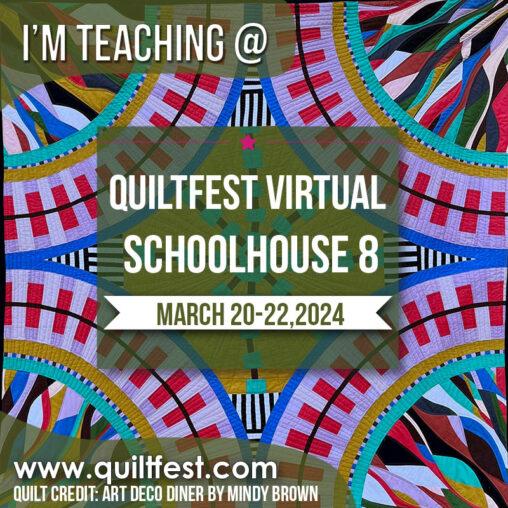
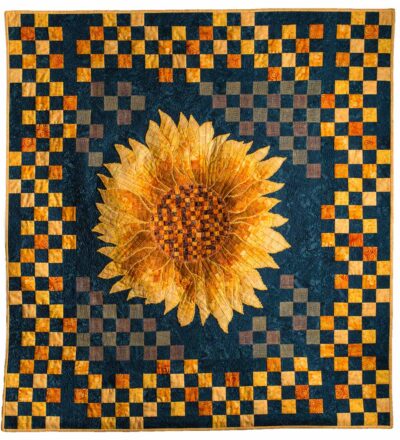
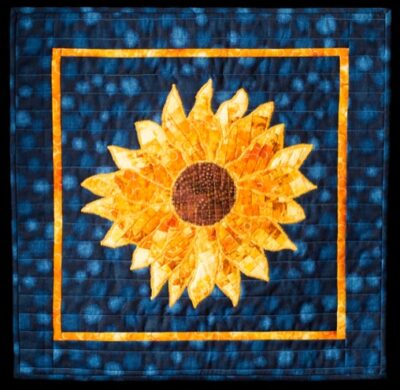
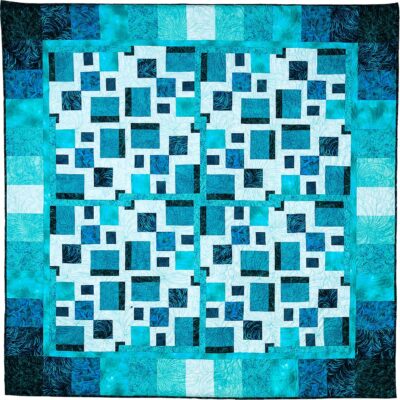
Trackbacks/Pingbacks